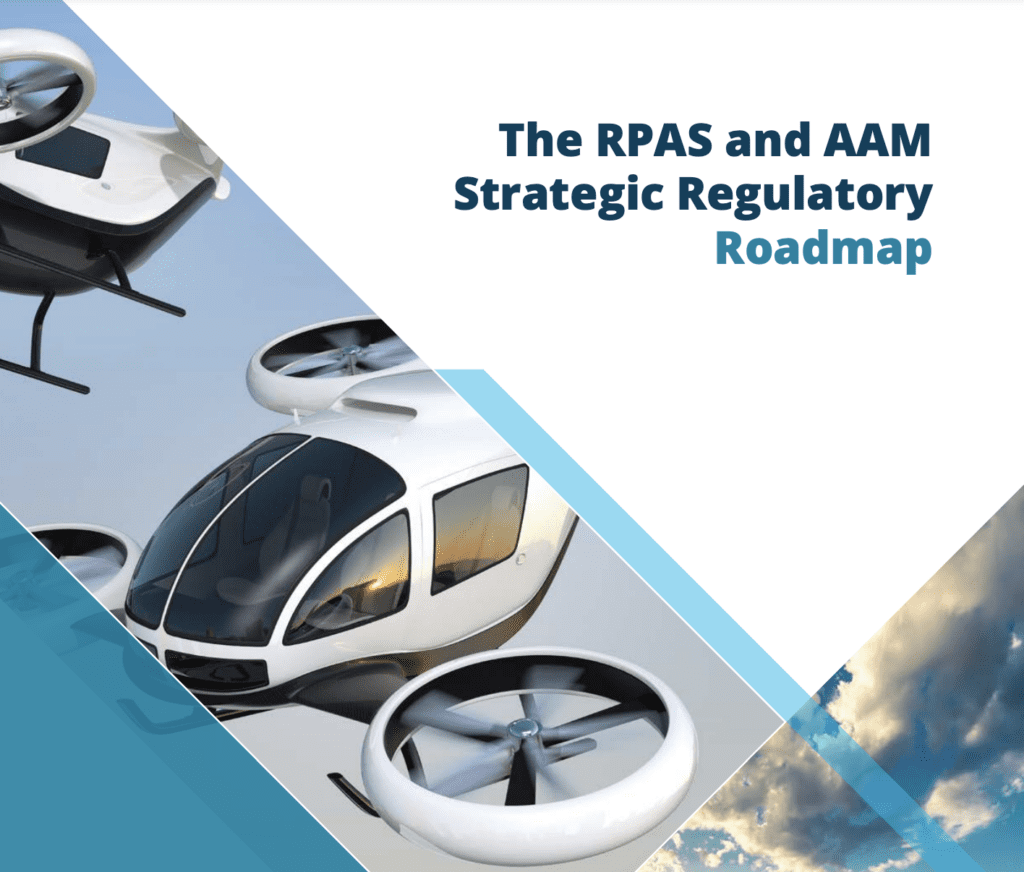Australia’s CASA Publishes New Regulatory Roadmap for Advanced Air Mobility


“We wanted to provide a plan that outlined the long-term vision for the Australian RPAS and AAM regulatory regime as well as the integration of these technologies into the civil aviation system.” – Pip Spence, CASA’s CEO and Director of Aviation Safety. (Photo: CASA)
This week, the Civil Aviation Safety Authority (CASA) announced the launch of a regulatory roadmap that describes its approach to ensuring safety for drones and other components of the advanced air mobility ecosystem. The roadmap is the result of 12 months of research, analysis, and consultation. CASA coordinated with industry experts in designing the new roadmap, which outlines the regulatory framework for remotely piloted aircraft systems (RPAS) and advanced air mobility (AAM) over the next 10 to 15 years.
In publishing this roadmap, CASA sets out its long-term plans regarding safe integration of AAM technologies into the current airspace and into future regulations, said Program Manager Sharon Marshall-Keeffe in the announcement from CASA. “We will continue to work with industry to review and update the roadmap to make sure it stays relevant and supports new technologies and innovation,” she added.
CASA identified five challenges inherent in regulating RPAS and AAM operations. The first is diversity in type and size of aircraft as well as the range of complexity in aircraft design. Second, AAM and RPAS are evolving rapidly. In the roadmap, CASA describes innovations in technology and concepts of operation as fast-paced, creating some uncertainty. The third challenge is the scale of operations. There are more remotely piloted aircraft operating in Australia than there are existing airspace users. And CASA expects AAM operations as a whole to scale up in a similar manner.
Another challenge is that drones and other AAM are disruptive technologies, and the existing ecosystem must adapt to accommodate these new operations. CASA lists autonomy as the final obstacle in regulating the emerging RPAS and AAM industries. Though they will likely be critical for a growing AAM ecosystem, automation and interactions between humans and machines will need to be monitored and regulated.

CASA’s new roadmap describes some of the new types of AAM vehicles, made possible with progress in hybrid propulsion systems and electrification as well as innovations in automation. These vehicle types include multi-rotor, tilt wing, tilt-rotor, and powered wing, for both short take-off and landing (STOL) and vertical take-off and landing (VTOL) capabilities. (Photo: CASA)
CASA lists several activities within the roadmap that will need to occur in the next year or two. In 2022 and 2023, the agency intends to publish acceptable industry standards for piloted AAM aircraft, as well as further guidance material for remotely piloted aircraft operations, such as acceptable means of compliance. Other activities outlined for the immediate future are developing design requirements and regulations for supporting infrastructure like vertiports, and coordinating with other government agencies to evaluate cybersecurity risks associated with RPAS and AAM.
In the near future, from 2023 to 2026, CASA expects to publish industry consensus standards for AAM aircraft operated by a single pilot and for remotely piloted aircraft. The roadmap lists the initial implementation of airspace modernization as another objective for the 2023–2026 period. Near-term objectives also include development of guidance for operational approval requirements of AAM, and development of certification requirements for infrastructure.
CASA intends to ensure internationally harmonized standards for AAM, and to publish industry standards for remotely piloted aircraft that are highly automated, in the years 2026 to 2031. The so-called “medium-term” section of the roadmap dictates the development of an integrated traffic management framework that supports all airspace users, as well as the implementation of standard requirements for personnel training and licensing that take into account increased amounts of autonomy in RPAS and AAM operations.
The new roadmap includes long-term objectives—from 2031 to 2036—such as publishing industry standards for highly automated AAM aircraft; establishing mature regulations and processes for approval that support RPAS And AAM infrastructure; and developing standards that support both cooperative participation amongst airspace users and levels of self-separation between each user.
In a press release, Australian vertiport infrastructure provider Skyportz confirmed that they were able to contribute to the creation of CASA’s roadmap. Skyportz CEO Clem Newton-Brown remarked that the document will provide clarity to the industry. “The key to this industry is breaking the nexus between aviation and existing airports,” he stated. “We need to develop a network of new vertiport sites if the industry is to reach its potential.”
The post Australia’s CASA Publishes New Regulatory Roadmap for Advanced Air Mobility appeared first on Aviation Today.
—————
Boost Internet Speed–
Free Business Hosting–
Free Email Account–
Dropcatch–
Free Secure Email–
Secure Email–
Cheap VOIP Calls–
Free Hosting–
Boost Inflight Wifi–
Premium Domains–
Free Domains





